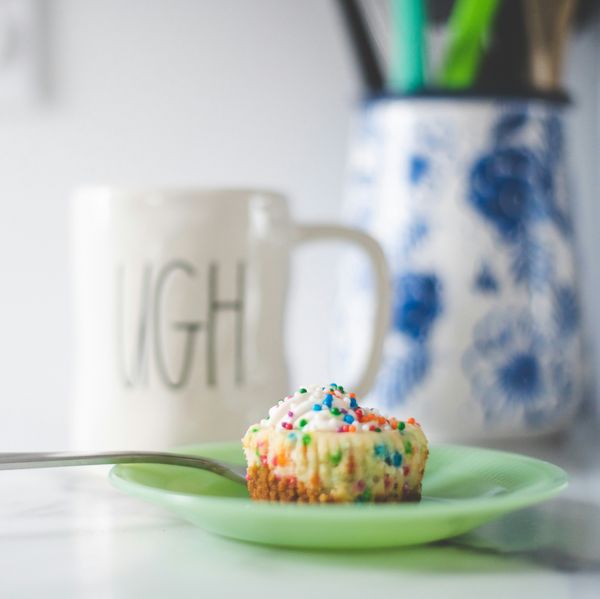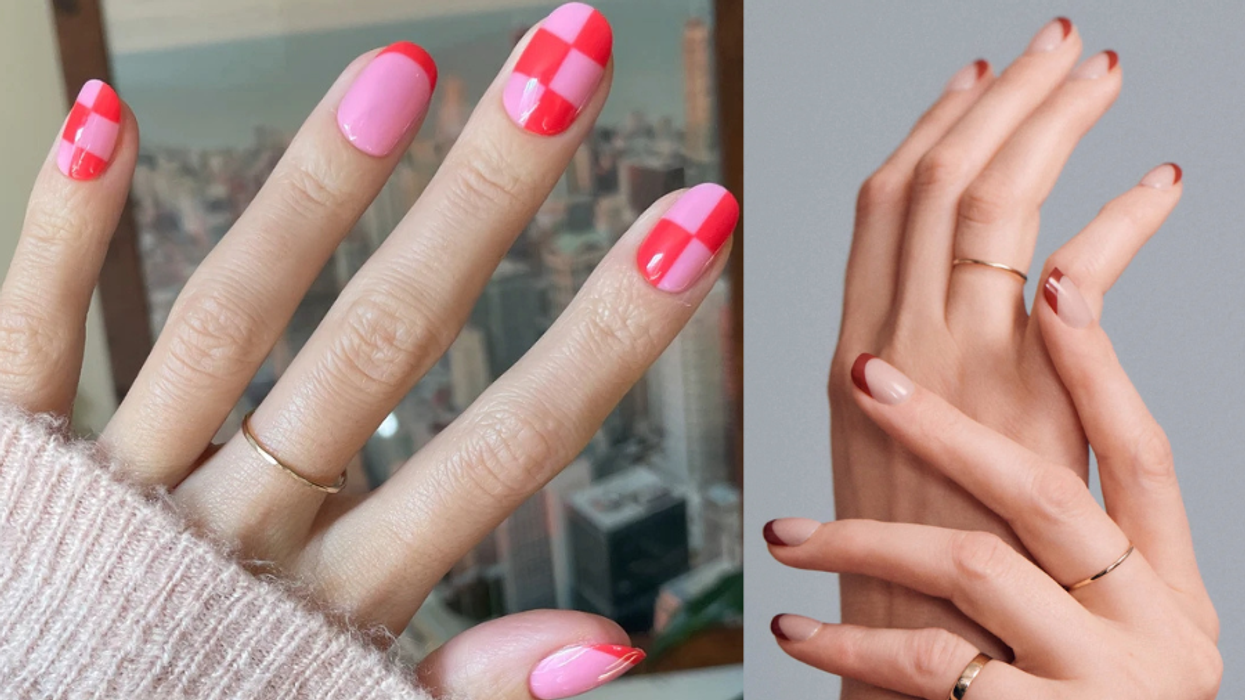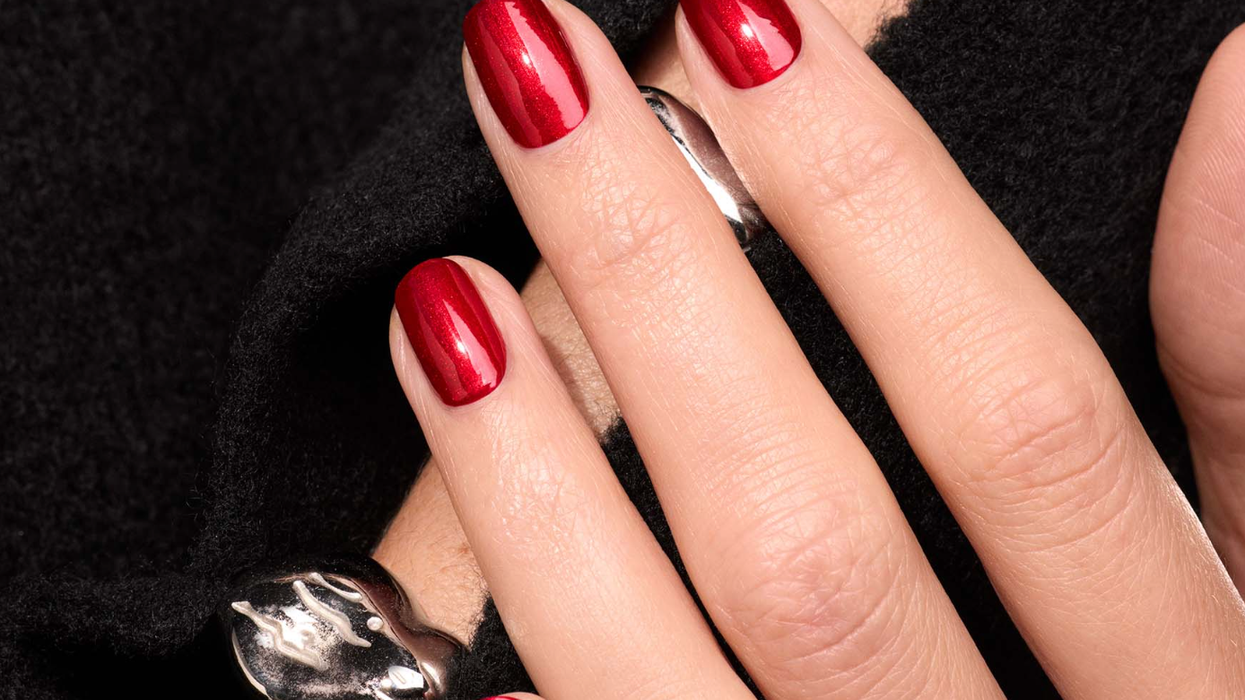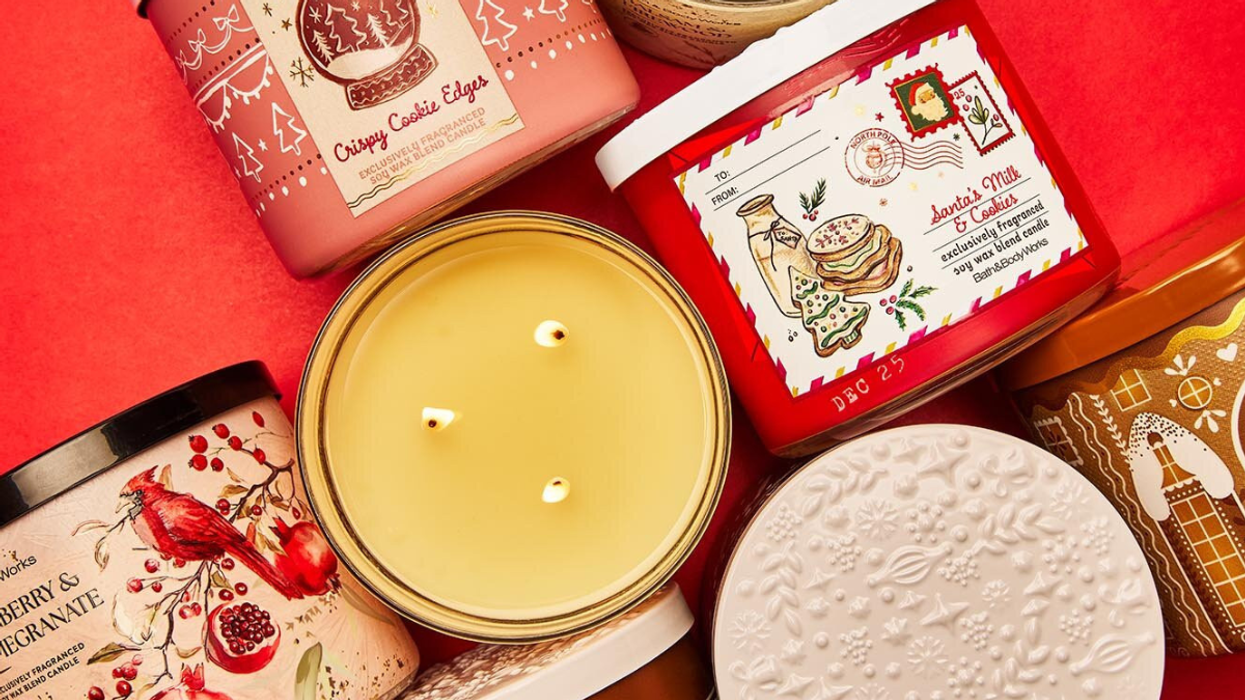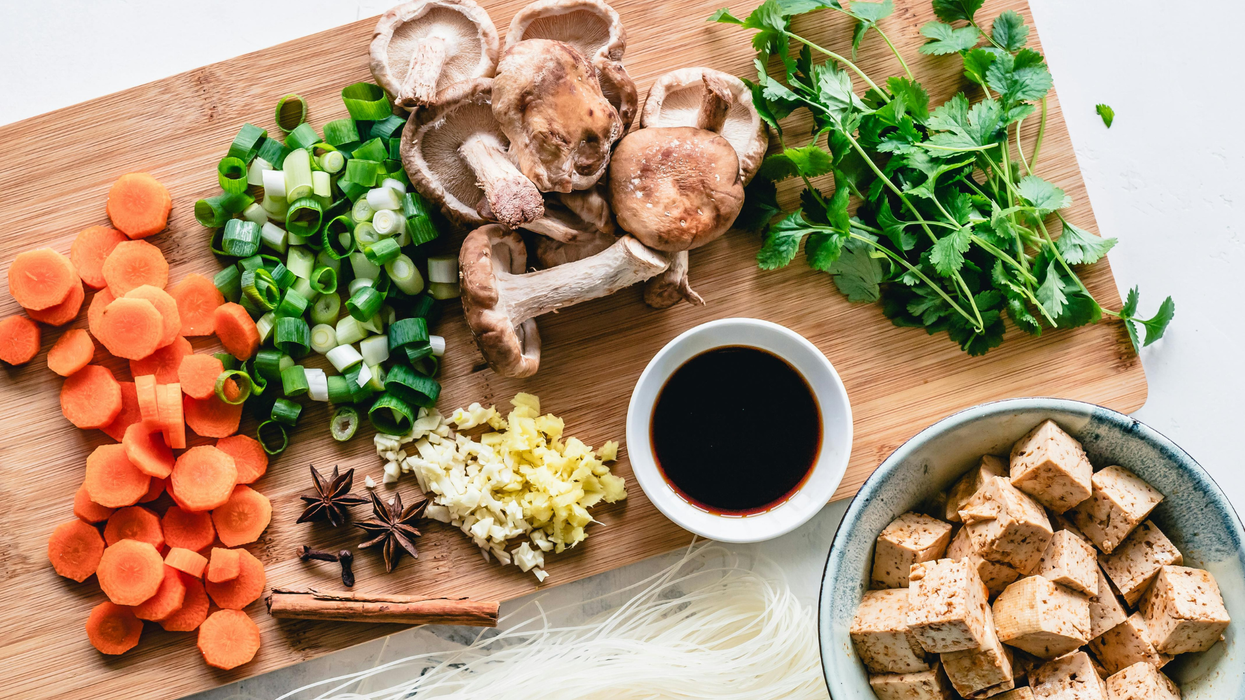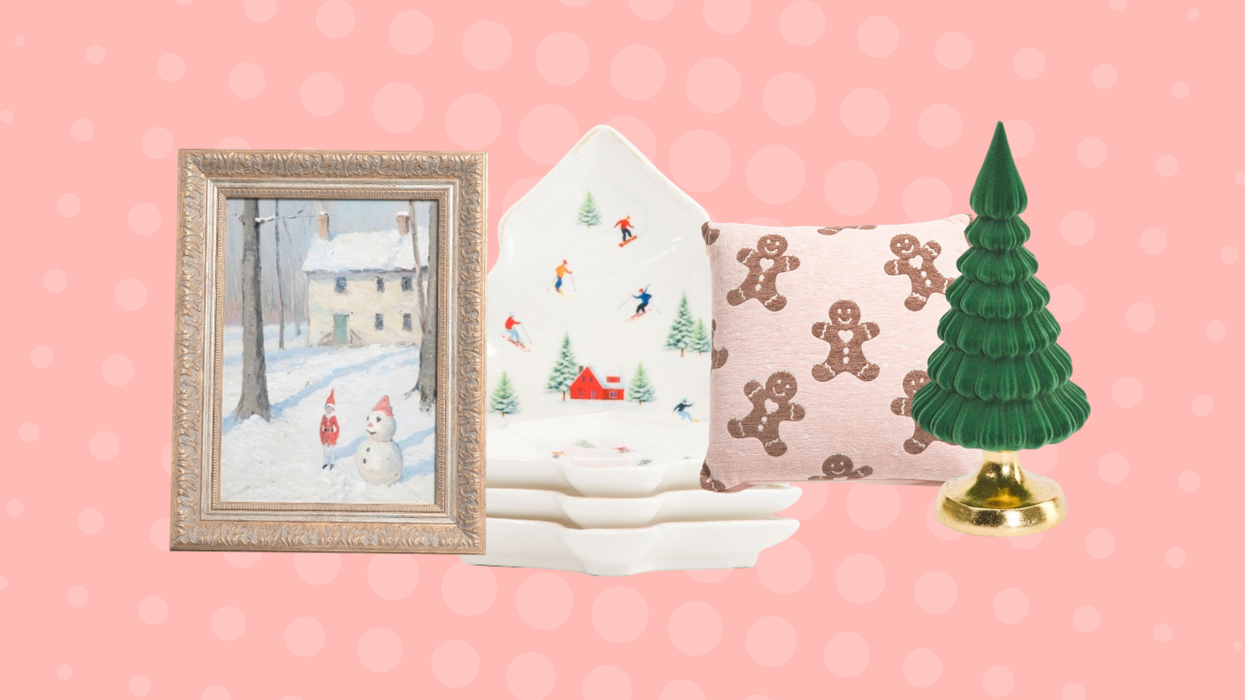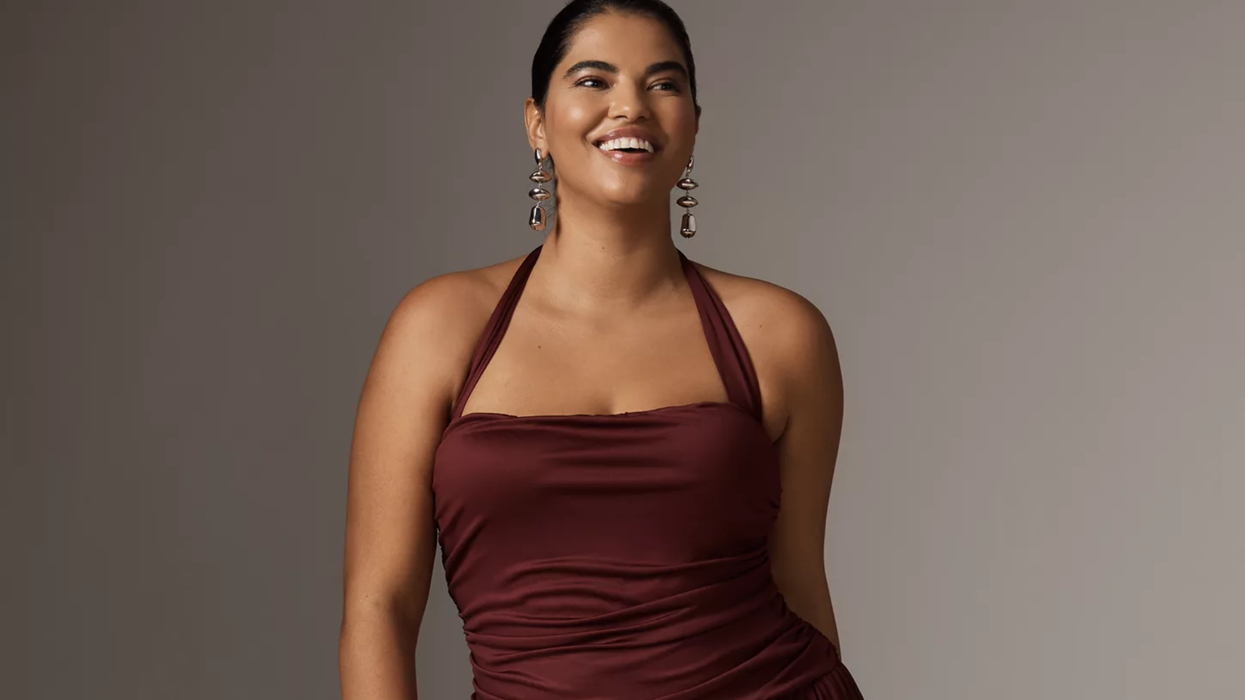Your health isn't anything to be ashamed about.
10 Embarrassing Questions You Don't Want To Ask Your Doctor, Answered

Staff Writer, Jasmine Williams, covers a variety of topics from home decor to beauty and everything in between. She has bylines at Motherly, The Everymom, and Byrdie where she wrote about motherhood, beauty, health and relationships. Jasmine knew she wanted to be a writer when she realized she was actually interested in reading the articles in her mom's favorite magazines — and she may or may not have ripped her favorite articles out to study them later. When she's not working, you can find Jasmine playing make-believe with her toddler, spending an undisclosed amount of time in Target or TJ Maxx, and searching for a family-friendly puppy to add to her family.
Do you still fold your panties and hide them under your clothes as soon as your doctor steps out of the exam room? If so, welcome to the embarrassed health club!
According to a survey by National Institutes of Health, 19 percent of women get embarrassed while at the doctor and 16 percent fear they're going to waste their doctors' time. My own embarrassment stems from uncomfortable sex ed classes and outdated beliefs about what "classy" ladies are supposed to talk about regarding their bodies.
Call me delusional, but I think it's time for us to start taking our health seriously by asking embarrassing questions that would make some of our grandmothers clutch their pearls. Some of my biggest health breakthroughs came from either asking things that made me blush or having my primary doctor ask if I'd been experiencing problems.
If you're still too shy, I'm standing on the front lines to ask Dr. Jennie Stanford, an Obesity Medicine Physician and medical contributor for Drugwatch, all of the embarrassing questions you've been wondering about.
My discharge has been thick and clumpy lately. What does that mean?

MART PRODUCTION/Pexels
Contrary to what I learned when I was younger, discharge is actually normal and each vagina has its own natural smell. Still, not everyone knows what's considered normal and what indicates an issue. And, turns out, it's different for everyone.
Dr. Stanford says, "While they don’t always signal anything dangerous, changes in vaginal discharge could be your body’s way of telling you something is wrong. It’s worth considering the possible causes to rule out health conditions that may need to be addressed."
This isn't a reason to dislike your period, but she says your hormonal fluctuations could be why your discharge has changed. "Vaginal discharge can vary during different phases of the menstrual cycle," she says. "This is normal, as a result of hormonal changes and changes in the vagina, cervix, and uterus. You may notice a pattern of changes over time, so if there are deviations from what you consider normal, you may want to consult with a physician."
If you've ruled out your period, Dr. Stanford says that a change in your vaginal discharge could be related to intercourse. "Vaginal discharge may have a different appearance after intercourse, including amount, consistency, and possibly a small amount of spotting. This should clear over the next day or two," she says. But if you notice things seem persistent, it's time to reach out to your doctor!
Other things to make note of are the color, consistency, and odor of your vaginal discharge since vaginal and pelvic infections can affect them. "These can be bacterial, viral, or fungal causes. Specifically, a thicker, more clumpy-appearing discharge is most often associated with yeast vaginitis, or a vaginal yeast infection," says Dr. Stanford.
It's important to note that having a yeast, bacterial, or fungal infection doesn't mean you're not practicing healthy hygiene. She says, "This can be caused by taking antibiotics or other medications, eating certain foods, after oral sex, or as a result of using some personal care products. Be sure to mention this type of change in discharge to your physician, who can run the necessary tests and prescribe appropriate treatment."
Is it normal to have intense body odor after switching to a natural deodorant?
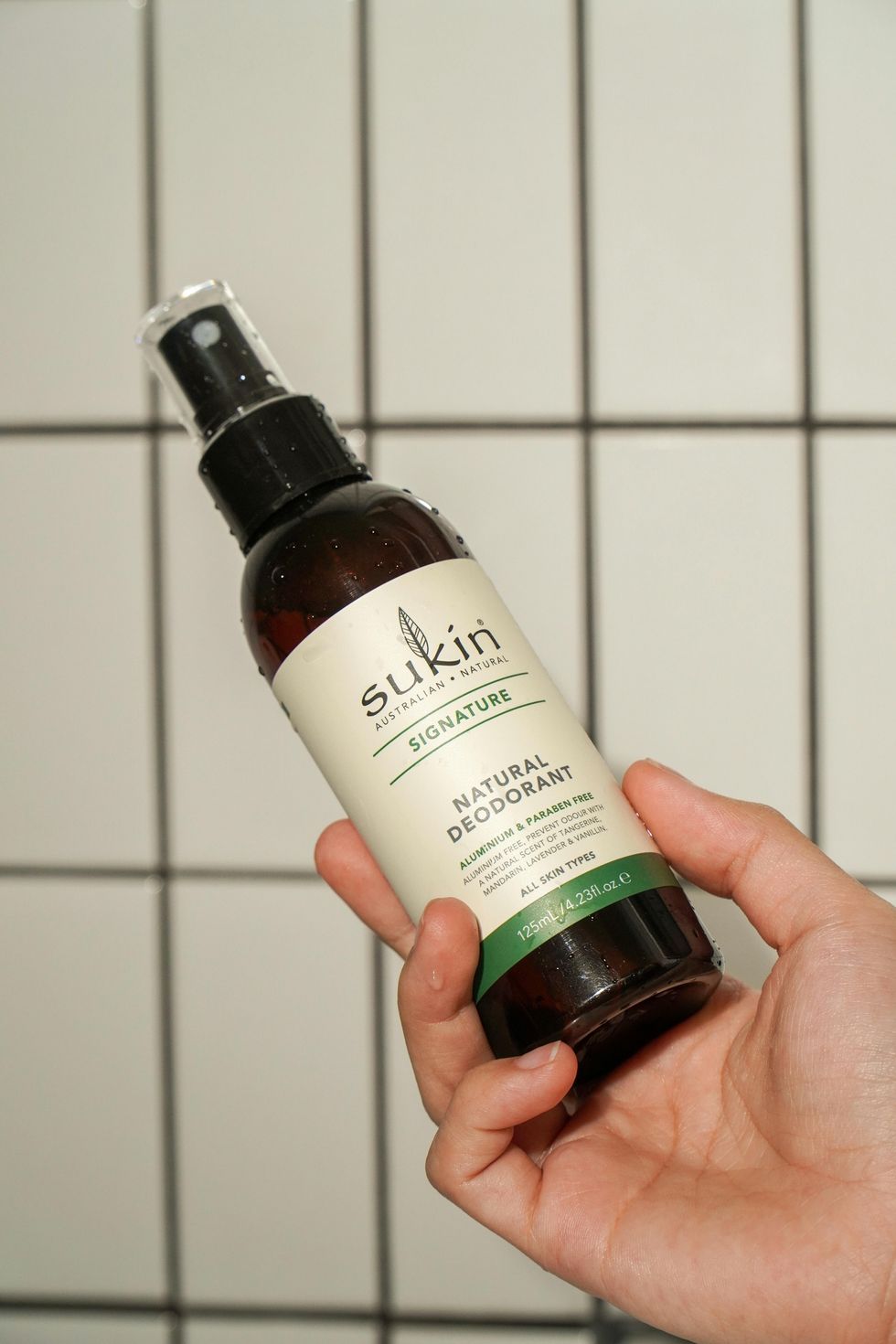
nam mau/Pexels
We've all heard that aluminum-free deodorant is the way to go, but there's one side effect that some people don't like: stinky armpits. And apparently, we can chalk it up to the lack of aluminum and other chemical ingredients that can mask underarm smells.
"Without the antibacterial agents in conventional deodorants, your skin microbiome will change [and] likely intensify," Dr. Stanford says. "This is one primary reason for increased odor, which may be intense."
You're likely not used to your au natural smell, which can be jarring, but it doesn't mean something's wrong with your body — unless the odor is intense for several weeks. In this case, Dr. Stanford recommends talking to your primary care physician or a dermatologist about other contributing factors.
Should I be douching to help clean my vagina?

Sora Shimazaki/Pexels
Sigh. Despite the fact so many of us relied on Summer's Eve growing up, Dr. Stanford says douching isn't generally recommended. "Vaginas have an optimal pH range, and they are designed to maintain that range in a method that has been described as a 'self-regulating' mechanism," she says. If you've heard your vagina knows how to take care of itself and scoffed, here's proof that it actually does.
"Generally, vaginal pH changes that are out of the normal range signal something going on," she continues. "Certain microbiota (bacteria, viruses, and fungi) make up the vaginal microbiome, which is part of a healthy vagina. Removing the microbiota that are designed to be there can allow more pathogenic (dangerous) organisms to take over."
Hearing it explained this way sets off alarms and bells in my head because it makes douching sound harmful. That's the thing though; it is. But, there is one thing you can do to help keep the area clean.
Dr. Stanford says, "As a general recommendation, rather than douching, shower and clean the vulva once daily with warm water and a non-irritating soap (or more often in certain conditions). Be sure to talk with your doctor about specific recommendations for you."
Is it normal to experience spotting after sex?
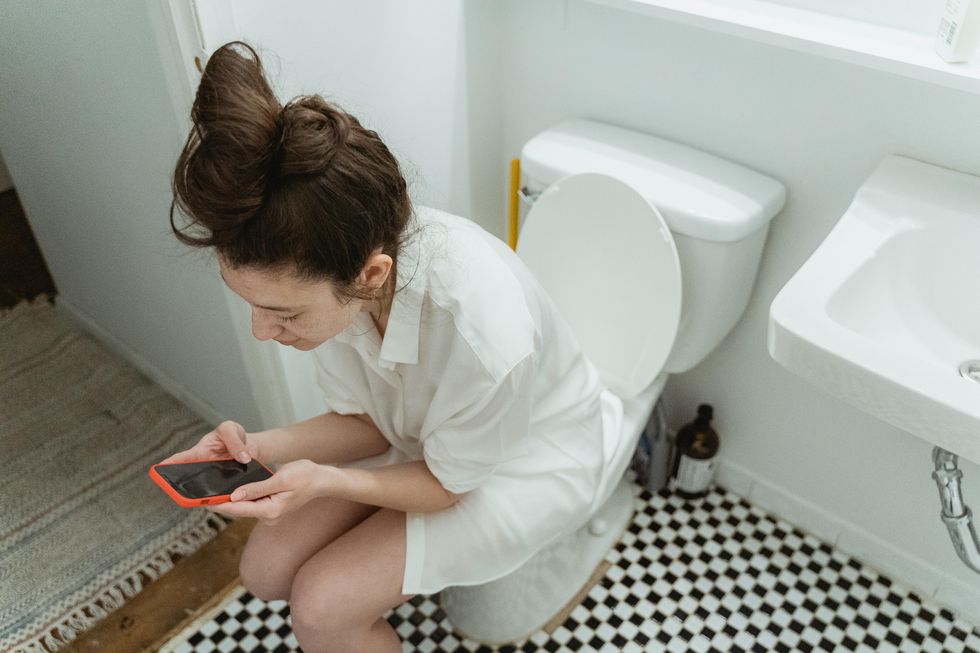
Miriam Alonso/Pexels
I thought it would be worthwhile to ask Dr. Stanford this question because I can only imagine how many other women experience this. She says, "It is common for women to spot (lightly bleed) after sexual intercourse. This can occur as a result of vaginal or cervical irritation, or even uterine cramping. In general, this is not problematic and should resolve within a couple of days at most."
I've found that when I do spot after sex, it's usually right before my period and it's usually gone after a couple of hours. I also don't notice an odor associated with it which is also a good sign.
"If it persists or if there are signs of other irritation or potential infection, see your doctor right away," insists Dr. Stanford.
Does the pull-out method really work?

Yan Krukau/Pexels
My sister's a Pharmacist and she says I'd be surprised to know how many people of all ages still rely on the pull-out method as a form of birth control. If you're a part of this crowd (either using it on its own or with other contraceptive), Dr. Stanford wants you to know a few things.
"The withdrawal method of PIV sexual intercourse is where the penis is withdrawn from the vagina prior to ejaculation," she says. "To discuss the effectiveness of contraceptive methods, it is helpful to consider the effectiveness with perfect use and the effectiveness with typical use, as they are often significantly different."
What does this mean? According to Dr. Stanford, it means you're going to have to commit to effectively utilizing this method during sex. "While perfectly using the withdrawal method can achieve success as high as about 95 percent (5 out of 100 cases resulting in pregnancy), the typical use success rate is more applicable at around 75 percent, and here is why.
It can be difficult to consistently withdraw prior to intercourse every time, and many people expel pre-ejaculate (ejaculate fluid released prior to orgasm). Because pre-ejaculate contains sperm, it can lead to pregnancy," she explains.
In other words, she recommends that you use a backup form of contraception because it's not always easy to...hit the mark every time.
I've been having sharp stomach pains, but my cycle went off last week. Is this normal?

Sora Shimazaki/Pexels
Stomach cramps can confuse anyone who's trying to get out of the land of period cramps. I've been there before and can usually pinpoint what's going on, but that's not always the case for others.
Dr. Stanford says, "Abdominal pain can result from a variety of causes, from gastrointestinal to pelvic/genitourinary to other causes in between. With menstrual cycle-related pain specifically, cramping is most common around menses, but it can also occur in other phases of the cycle, such as ovulation."
I've personally never experienced ovulation cramps and the one time I thought I was, turns out I was already pregnant. It was something that led me to reach out to my doctor and it was a good thing I did. Dr. Stanford recommends you reach out to your doctor if you notice sharp abdominal pain outside your period.
I'm breaking out in hives after shaving my legs. What's happening?

cottonbro studio/Pexels
Sometimes shaving is accompanied by cuts, bruises, and itchiness. If you find yourself dealing with the latter issue, it can be downright annoying.
"Dermatitis (or skin irritation) is common, and there are a variety of different types of dermatitis caused by a variety of conditions. Contact (or irritant) dermatitis results from something than comes into contact with the skin that causes irritation. Shaving can be a common cause," says Dr. Stanford.
While there's nothing wrong with shaving, she says it can also cause razor burn or irritation to hair follicles. "Hives are more often associated with an allergic reaction, which could be in response to other ingredients added around razors. Or, it could be a bigger issue, not directly related to shaving. Anytime there are concerns of hives, you should seek medical evaluation right away," she warns.
My anus has been itching really bad lately. What could be going on?

Alex Green/Pexels
It's embarrassing to talk about our bathroom habits, but that's one way to also see what's going on with our health. Dr. Stanford says the following reasons could explain why your anus is itching:
- Under-cleaning, leaving residual stool or sweat
- Over-cleaning, causing dryness and irritation
- Poor diet, leading to irritation of substances in the stool
- Allergic irritation to toilet paper, soaps, or other personal care products
- A tear in the anal sphincter, called an anal fissure
- Hemorrhoids
- Inflammatory bowel disease, like Crohn’s disease or ulcerative colitis
- Various types of infections (bacterial, fungal, worms)
"If anal itching persists, see your doctor to investigate possible causes," she implores.
No matter what I do, it seems like I always have bad breath. Should I switch toothpastes?

Cedric Fauntleroy/Pexels
This is another embarrassing question that you may not want to ask, but it's necessary to get to the root of what could be causing bad breath. "Halitosis (bad breath) can have a number of causes," says Dr. Stanford.
Some of the reasons are:
- Poor oral hygiene (not brushing or flossing regularly)
- Periodontal disease (gum disease)
- Oral thrush
- Dental caries
- Ill-fitting dental appliances
- Tonsil stones (tonsiliths)
- Dry mouth (insufficient saliva)
- Medications
- Dietary components, like garlic, onion, other spices, coffee, alcohol, and others
- Tobacco use
- Gastroesophageal reflux disease
- Upper and lower respiratory infections
How often should I be urinating daily?

The Lazy Artist Gallery/Pexels
This is one of those things that's not really black and white. Dr. Stanford says, "This is a complex question with no one correct answer. Frequency of urination varies depending upon age, sex, activity level, other health conditions, current medications, hydration status, and other factors. Be sure to consult with a trusted healthcare professional to review factors specific to you."
Looking for more health tips? Learn how to balance hormones with our helpful guide!
Header image via MART PRODUCTION/Pexels


